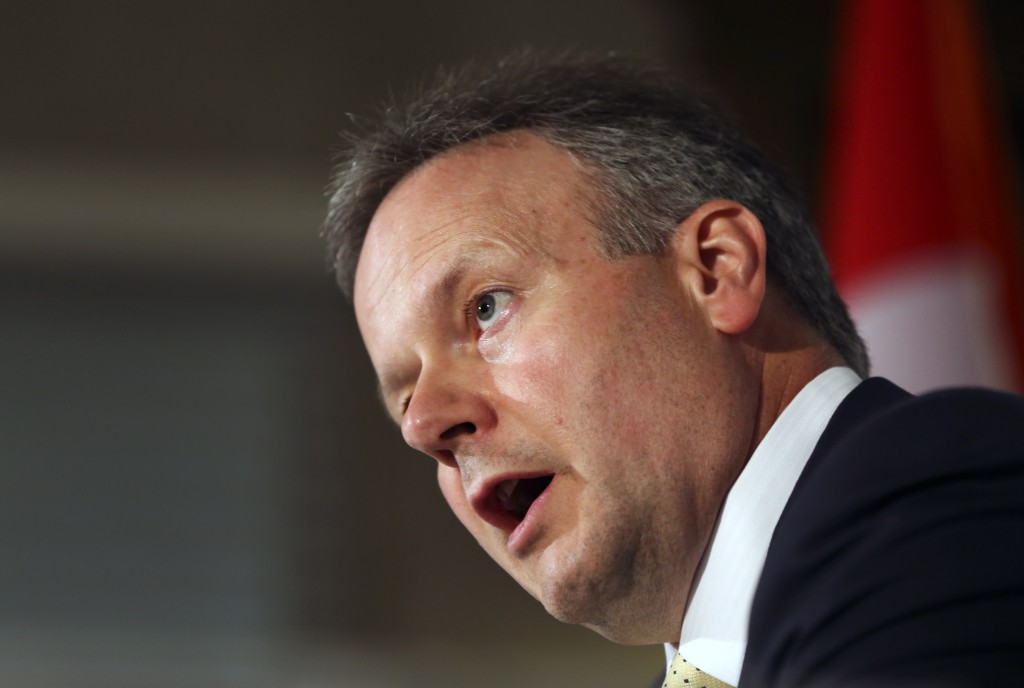Here’s why Canada’s interest rates are going to stay low
Rising debt levels won't cause the Bank of Canada to budge
Advertisement
Rising debt levels won't cause the Bank of Canada to budge

Share this article Share on Facebook Share on Twitter Share on Linkedin Share on Reddit Share on Email